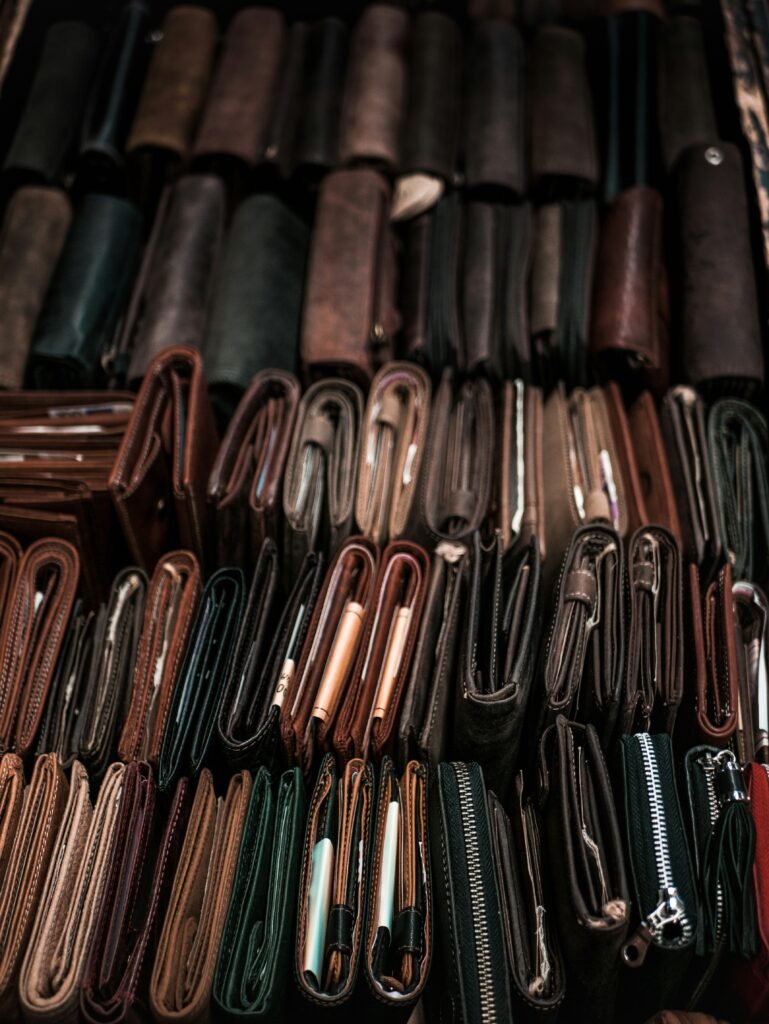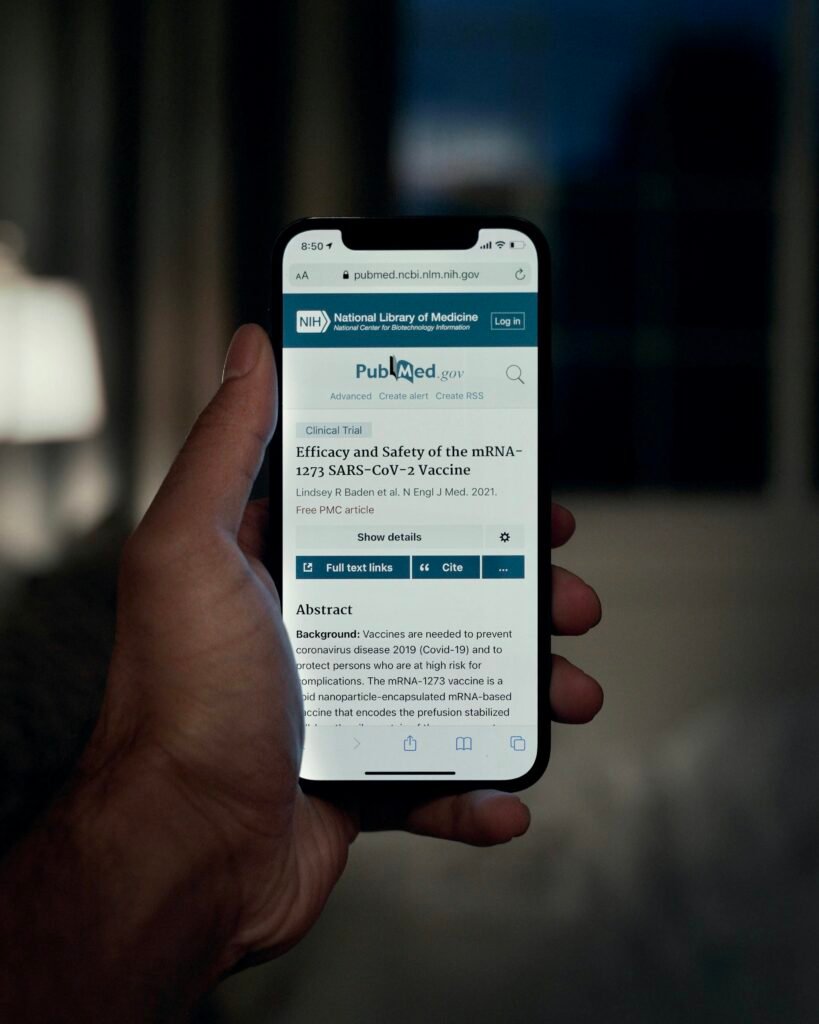Are you in need of a new wallet for your everyday use, but feeling overwhelmed by the plethora of options available? Look no further! This article will guide you through the essential factors to consider when choosing a wallet that perfectly suits your needs and preferences. From the material, size, and functionality to the number of compartments and security features, we’ve got you covered. So, let’s dive in and find the perfect wallet that will not only keep your cash and cards safe but also reflect your personal style.

This image is property of images.unsplash.com.
Material
When it comes to choosing a wallet for everyday use, one of the most important factors to consider is the material it is made of. There are several options available, each with its own advantages and disadvantages.
Leather
Leather wallets are highly popular and for good reason. They are known for their durability and timeless style. Leather wallets also tend to develop a beautiful patina over time, making them even more appealing. However, it’s worth noting that leather wallets can be more expensive compared to other materials.
Nylon
Nylon wallets are lightweight and water-resistant, making them a great choice for those who frequently find themselves in wet environments or need a wallet for outdoor activities. They are also often more affordable than leather wallets, making them a practical option for everyday use.
Synthetic
Synthetic wallets, also known as faux leather or vegan leather, are made from alternative materials such as polyurethane. They are cruelty-free and an excellent choice for those who prefer not to use animal products. Synthetic wallets can be durable and less expensive than genuine leather wallets.
Fabric
Fabric wallets are versatile and come in a wide variety of colors and patterns. They are often made from materials like cotton or canvas, providing a lightweight and casual option for everyday use. However, fabric wallets may not be as durable as leather or synthetic options.
Size
The size of your wallet is another important consideration. While personal preference plays a significant role in determining the ideal size, there are a few factors to keep in mind.
Compact
Compact wallets are minimalist in design and generally have fewer card slots and compartments. They are ideal for those who prefer to carry just the essentials, such as a few cards and bills. Compact wallets are slim and fit easily in your pocket, making them convenient for those who prefer a minimalist approach.
Medium
Medium-sized wallets strike a balance between compactness and storage capacity. They typically have more card slots and compartments, allowing you to carry additional cards, IDs, and even small items like coins. Medium-sized wallets offer a good compromise for those who want a bit more space without sacrificing portability.
Large
If you need a wallet that can carry a substantial number of cards, bills, and additional items, a large-sized wallet is the way to go. These wallets are roomy and often come with multiple card slots, bill compartments, and even dedicated areas for coins and checks. However, it’s worth noting that large-sized wallets can be bulkier and may not fit in smaller pockets as comfortably.

This image is property of images.unsplash.com.
Number of Card Slots
When selecting a wallet, it’s crucial to consider the number of card slots it offers. This factor is especially important if you carry multiple cards regularly.
Minimalist (fewer than 5 slots)
Minimalist wallets are designed for those who prefer a compact and streamlined option. They typically have fewer than five card slots and often prioritize simplicity and portability. Minimalist wallets are perfect for individuals who only need to carry a few essential cards and don’t want the bulk of a larger wallet.
Standard (5-10 slots)
Standard wallets provide a balance between minimalism and storage capacity. With 5-10 card slots, these wallets can accommodate a moderate number of cards, such as credit cards, IDs, and loyalty cards. They offer more versatility compared to minimalist wallets while still maintaining a relatively slim profile.
Plus (more than 10 slots)
If you need a wallet that can accommodate numerous cards, a wallet with more than 10 slots is the way to go. These wallets provide ample space for credit cards, IDs, business cards, and more. They are ideal for professionals who need to carry a significant number of cards or individuals who prefer to have all their cards easily accessible in one place.
Coin Pocket
Whether or not a wallet has a coin pocket is another consideration, especially if you frequently use coins in your daily transactions.
With coin pocket
Wallets with a dedicated coin pocket allow you to keep your loose change organized and accessible. They usually have a small zipper or button closure to secure the coins, preventing them from falling out. If you often find yourself using coins, having a coin pocket can be a convenient feature to have in your everyday wallet.
Without coin pocket
On the other hand, wallets without a coin pocket offer a sleeker and slimmer profile. They are usually designed to prioritize card and bill storage, making them more suitable for individuals who primarily use cash and cards in their transactions. If you rarely use coins or prefer to carry them separately, a wallet without a coin pocket may be a better option for you.

This image is property of images.unsplash.com.
Bill Compartment
The number of bill compartments in a wallet is an essential factor to consider, especially if you frequently carry cash.
Single bill compartment
Wallets with a single bill compartment provide a straightforward and organized way to store your cash. They generally feature a full-length slot or divider, allowing you to keep your bills neatly folded and easily accessible. This design is ideal if you primarily use cash in your daily transactions.
Multiple bill compartments
For those who prefer to separate their cash, wallets with multiple bill compartments offer added organization. These wallets allow you to separate different denominations or currencies, making it easier to find the bills you need quickly. Multiple bill compartments are particularly useful for frequent travelers or individuals who handle multiple currencies.
RFID Protection
RFID (Radio Frequency Identification) protection is a feature that aims to prevent unauthorized access to your credit card information.
With RFID protection
Wallets with RFID protection feature a special lining or layer that helps block RFID signals, preventing potential identity theft. This feature can give you peace of mind, especially in crowded areas or when traveling. If you often use contactless payment methods or carry cards with RFID chips, opting for a wallet with RFID protection can be a wise choice.
Without RFID protection
On the other hand, if you don’t typically use contactless payment methods or have concerns about RFID blocking interfering with your cards’ functionality, a wallet without RFID protection may be a suitable option. These wallets often come at a lower price point and still offer excellent functionality without the added RFID protection feature.
Closure Type
The closure type of a wallet affects both its functionality and accessibility.
Zipper
Wallets with a zipper closure provide enhanced security by fully enclosing your cards, bills, and other essentials. The zipper helps prevent items from accidentally falling out and provides extra protection against theft or loss. However, it’s worth noting that zipper closures can be slightly bulkier compared to other closure types.
Button
Button closures are a classic and reliable option for wallets. They provide secure closure while allowing for easy access to your cards and cash. Wallets with button closures strike a balance between security and convenience, making them a popular choice for everyday use.
Velcro
Velcro closures offer quick and easy access to your wallet contents. They provide a secure closure and are often used in sportier or more casual wallet designs. Velcro closures are convenient for those who want effortless access but may not be ideal for formal or professional settings.
Clasp
Wallets with a clasp closure offer a touch of elegance and sophistication. They provide a secure closure and are commonly used in more formal or high-end wallet designs. Clasp closures can add a stylish element to your everyday carry and are perfect for those who value aesthetics and a polished appearance.
Bifold
Bifold wallets are a classic and timeless design that folds in half. They often feature a combination of various closure types, such as a button or clasp to secure the wallet when folded. Bifold wallets provide a good balance between functionality and slimness, making them a versatile and popular choice.
Color and Design
The color and design of your wallet are highly subjective and depend on your personal style and preferences.
Classic and Neutral Colors
Classic and neutral-colored wallets, such as black, brown, or tan, are versatile and timeless. They easily match any outfit or occasion and exude a sense of sophistication. If you prefer a wallet that can stand the test of time and seamlessly blend with your everyday style, opting for classic and neutral colors is a safe choice.
Bright and Bold Colors
For those who want to make a statement and add a pop of color to their everyday carry, wallets in bright and bold colors are a perfect choice. Whether it’s a vibrant red, a striking blue, or a cheerful yellow, these wallets allow you to showcase your personality and create a unique look.
Patterned
Patterned wallets offer a fun and lively alternative to solid-colored options. From subtle stripes to eye-catching prints, patterned wallets can add some visual interest to your everyday carry. They are a great option for those who want to express their creativity and incorporate some excitement into their daily routine.
Embossed
Embossed wallets feature raised patterns or designs on the surface of the material. This adds a tactile element and visual texture to the wallet, giving it a sophisticated and luxurious appearance. Embossed wallets are perfect for those who appreciate subtle details and want to elevate their everyday style.
Brand and Price
The brand and price of a wallet are important considerations that can vary based on individual preferences and budget.
High-end brands
High-end brands often prioritize quality materials, craftsmanship, and attention to detail. While they may come at a higher price point, these wallets are usually made to last and exude a sense of luxury. Investing in a high-end brand can be a wise choice if you value durability, exquisite design, and a wallet that will withstand the test of time.
Affordable brands
Affordable brands offer a wide range of wallet options at a more budget-friendly price point. These wallets may not have the same premium materials or brand recognition as high-end options but still provide functionality and style. Choosing an affordable brand can be a suitable option if you’re looking for a wallet that meets your everyday needs without breaking the bank.
Additional Features
Beyond the essential criteria outlined above, there are several additional features to consider when choosing a wallet for everyday use.
ID window
Wallets with an ID window have a transparent slot designed specifically to hold your identification card, such as a driver’s license or ID card. This feature allows you to easily present your ID without having to take it out of your wallet, making it convenient for frequent identification checks.
Coin purse
In addition to a coin pocket, some wallets may come with a detachable or attached coin purse. This separate compartment is specifically designed to keep your coins secure and organized. A coin purse can be a useful feature if you often deal with loose change and want to keep it separate from your cards and bills.
Money clip
Wallets with a money clip offer an alternative way to carry your cash. Instead of a bill compartment, these wallets have a clip, usually made of metal, to hold your bills in place. Money clip wallets provide easy and quick access to your cash, making them a practical choice for those who predominantly use bills in their transactions.
Checkbook holder
For individuals who regularly write checks, some wallets offer a dedicated checkbook holder. This feature allows you to keep your checks organized and easily accessible, eliminating the need for a separate checkbook holder or cover. If you frequently write checks, having a wallet with a checkbook holder can streamline your everyday routine.
Removable card case
Wallets with a removable or detachable card case provide additional versatility and organization. The card case can be used independently, allowing you to carry only the necessary cards when needed. This feature is particularly useful if you have multiple cards but don’t want to carry them all in your wallet at all times.
In conclusion, choosing the right wallet for everyday use involves considering various factors such as the material, size, number of card slots, coin pocket, bill compartment, RFID protection, closure type, color and design, brand and price, as well as additional features. By carefully evaluating your preferences and needs, you can find a wallet that not only fits your style but also provides the functionality and convenience required for your everyday routine. Whether you opt for a classic leather wallet, a versatile fabric design, or a statement-making patterned wallet, investing in a high-quality and well-suited everyday wallet is an essential step to staying organized and stylish on a daily basis.
